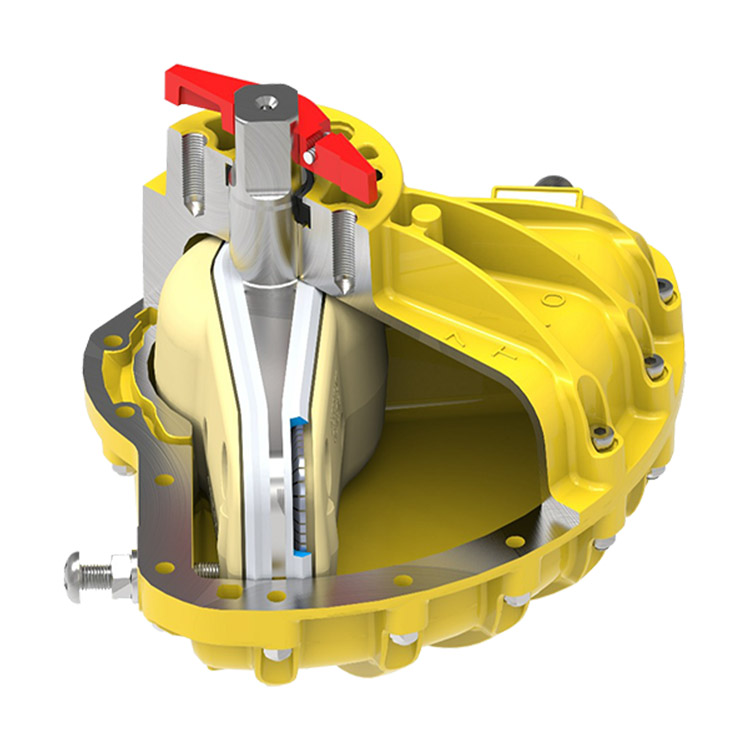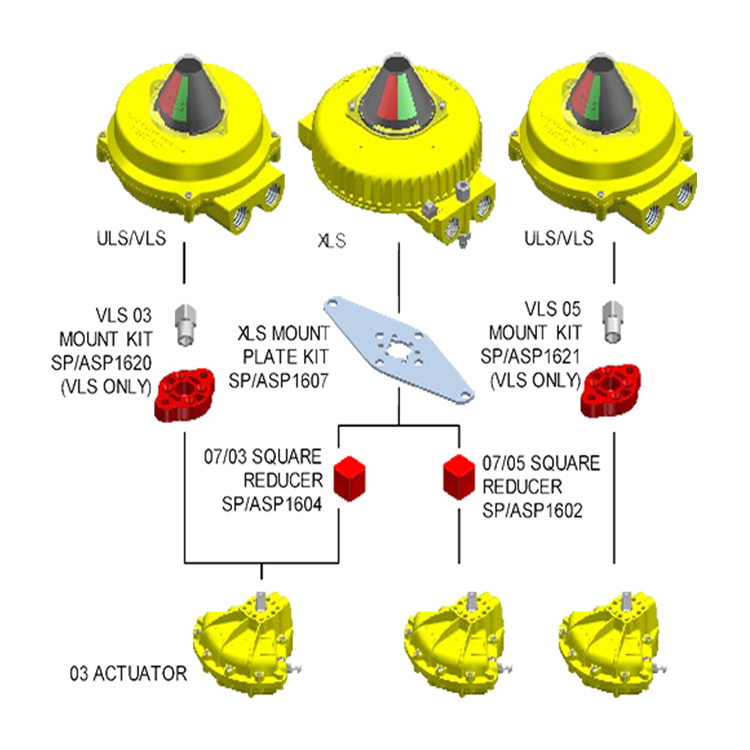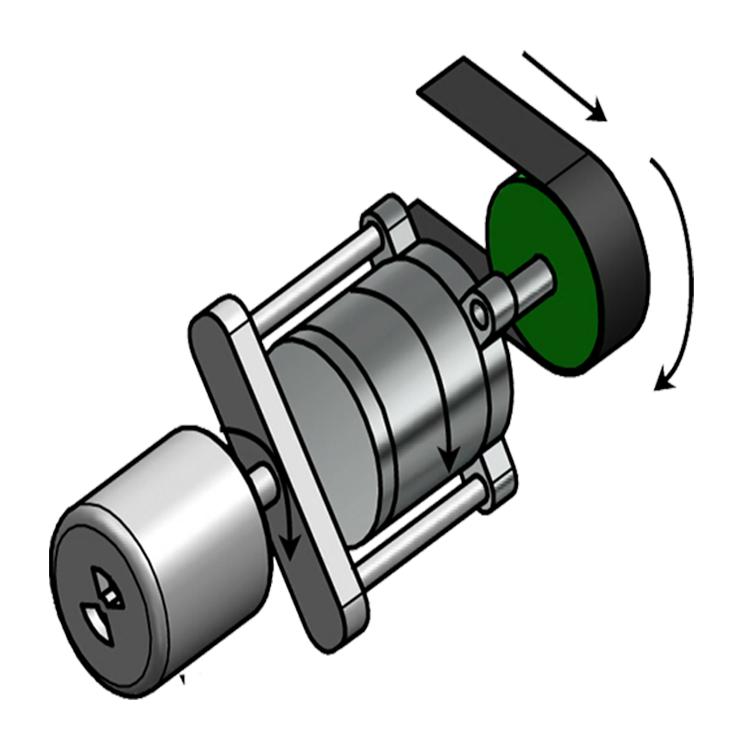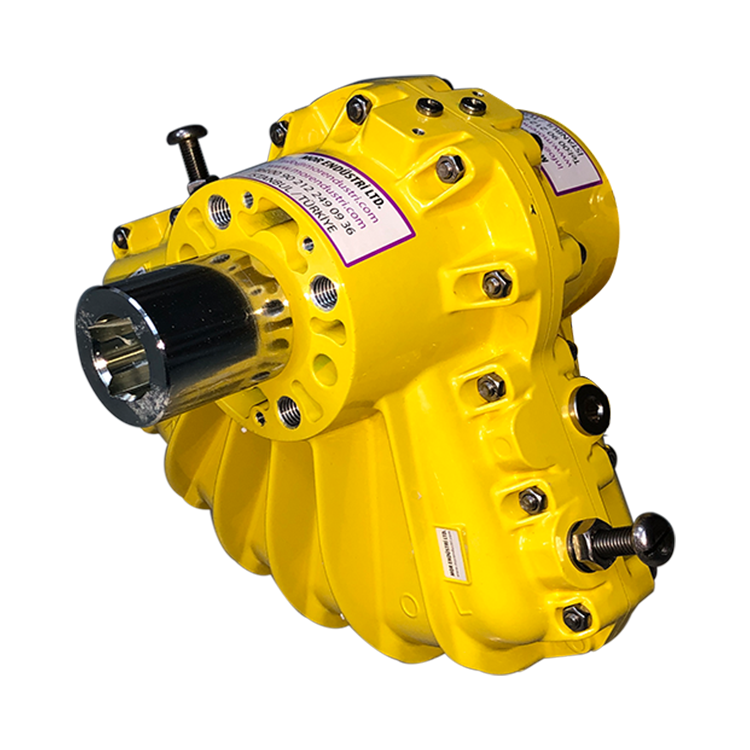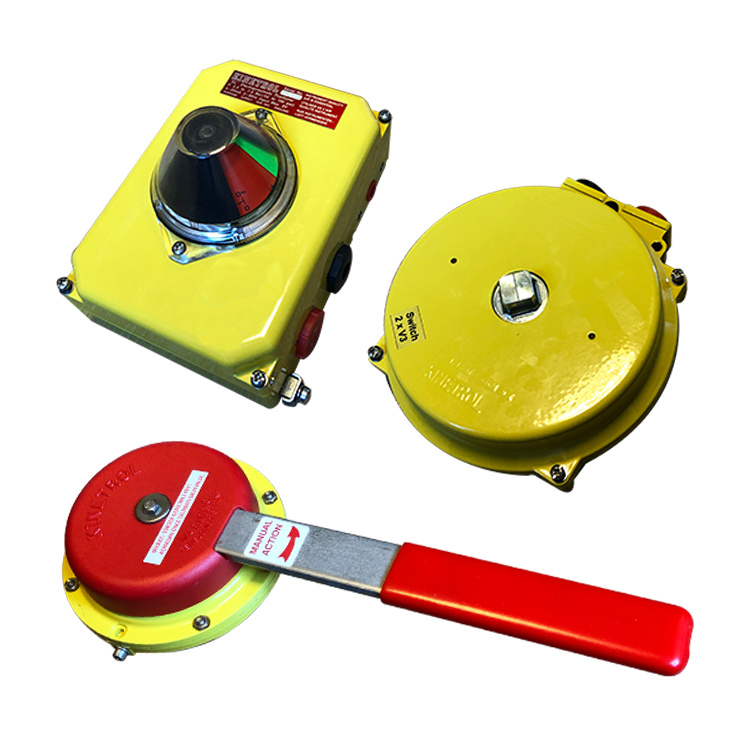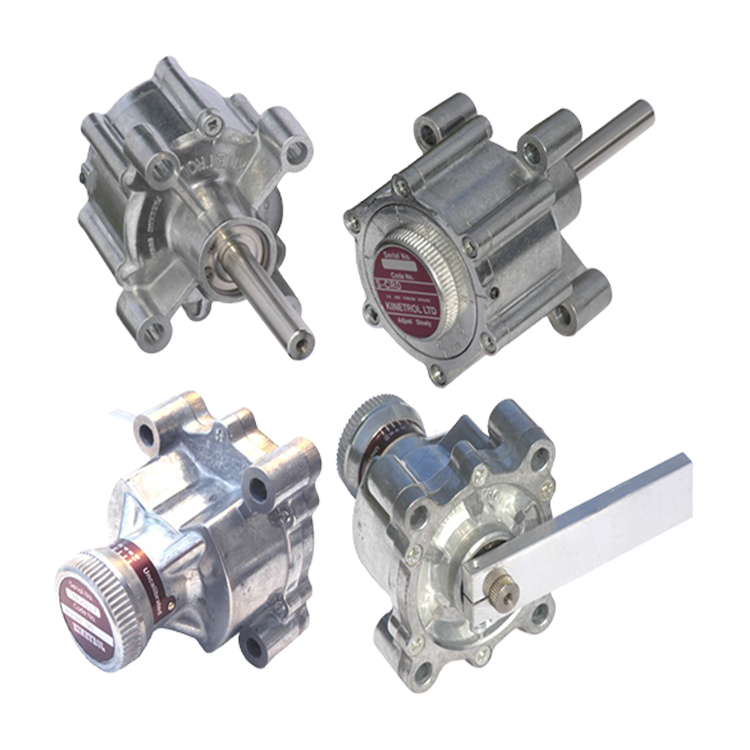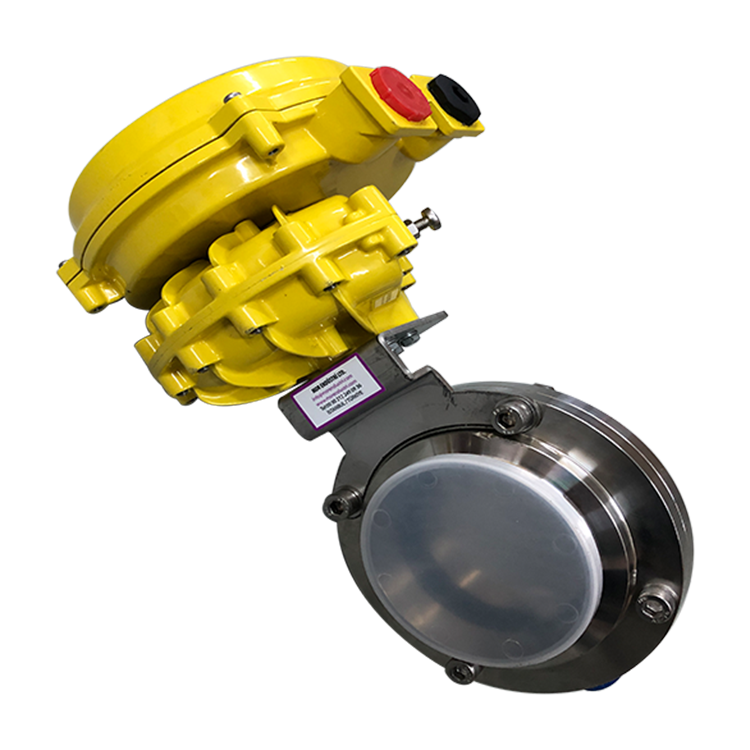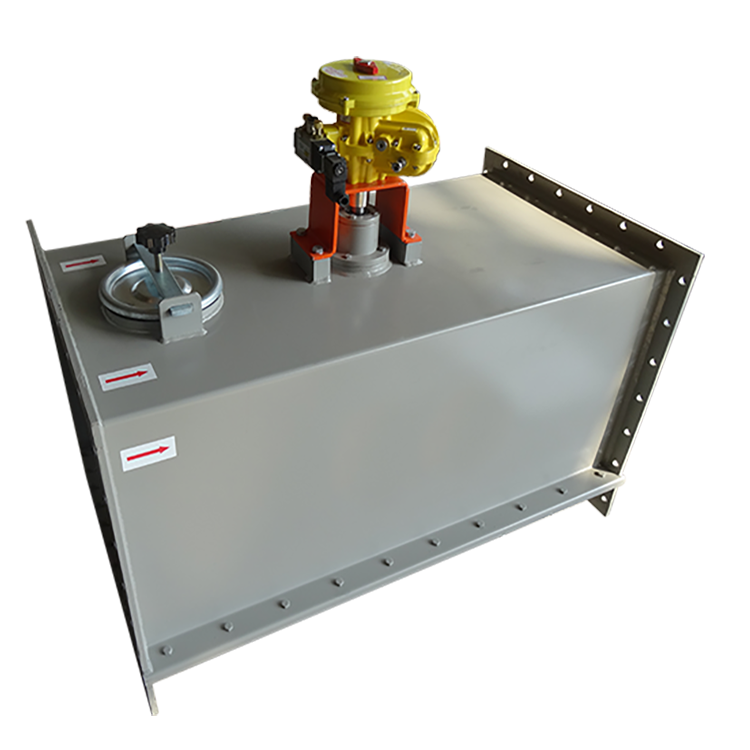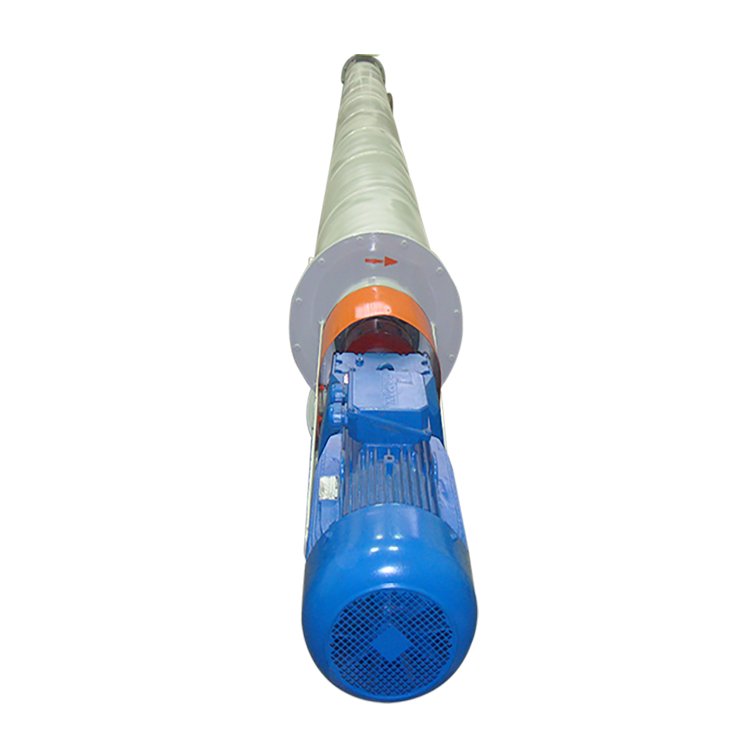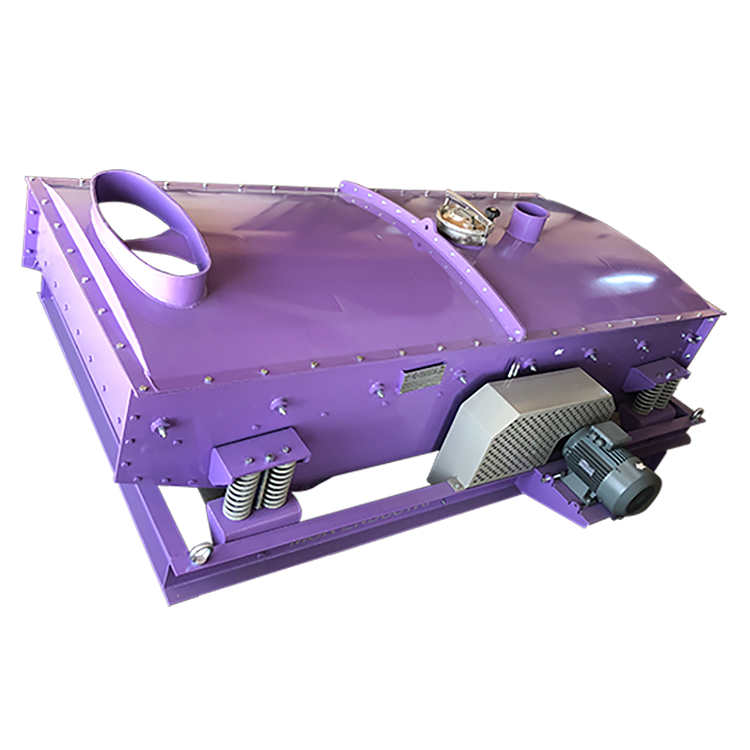Pneumatic actuators are divided into two as linear and rotary actuators. A linear actuator can move anything straight forward and backward. A rotary pneumatic actuator operates by rotating the system it works in a circle, generally, rotary systems provide a 90-degree rotation.
How Does a Rotary Actuator Work?
To understand how a rotary actuator works, we can consider the operating principle of a simple motor. Just like the operation of a motor when power is applied, the rotary actuator starts to work together with compressed air, that is to rotate. A rotary pneumatic actuator also works the same way as an engine coupled directly to a load. A variety of levers are added to most pneumatic rotary actuators. These levers are used to control the rotational speed and increase torque. If the result is achieved by transforming, the rotary actuator is working properly.
Where Are Rotary Type Actuators Used?
Rotary actuators are generally used for butterfly valve, ball valve, etc. It is used in tools that need a rotational movement. They are also used where rotary motion needs to turn into linear. They can then be used for systems that need to move back and forward and again become part of a linear actuator. They are mostly used in gearboxes, pulleys and belts. A pneumatic rotary actuator can be added to all mechanisms where energy needs to be converted.
Difference of Pneumatic Actuators from Other Actuators
Actuators are divided into three as electric, hydraulic and pneumatic. Pneumatic actuators work with air pressure or the pressure of various gases. They provide a high efficiency and are extremely reliable devices. Wherever a high torque is required, pneumatic actuators can be preferred. While the installation is simpler than other actuators, their costs are lower when doing the job. They differ slightly from the others only in terms of installation cost, but they are extremely advantageous compared to the others both in terms of maintenance cost and operating cost. Rotary actuators, operating with a 90 degree rotation angle, are also different from the others in terms of operating style.
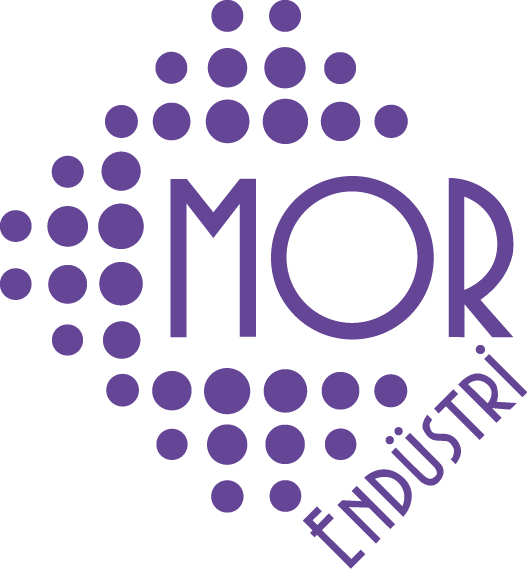

 TR
TR